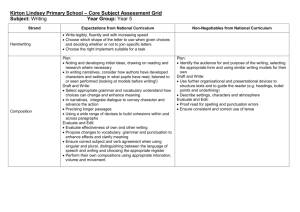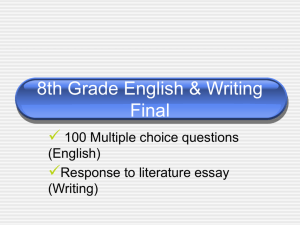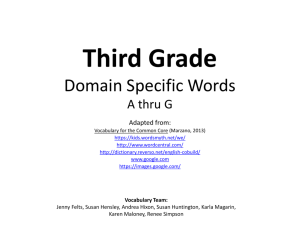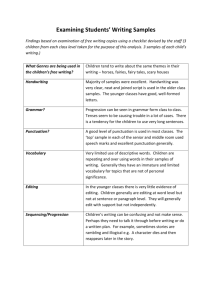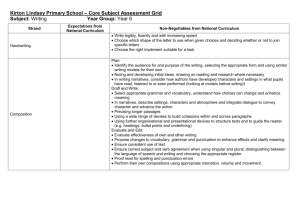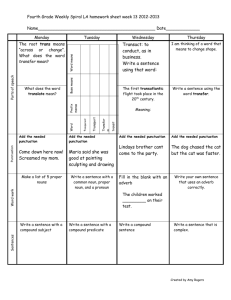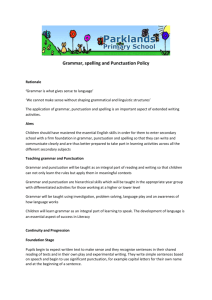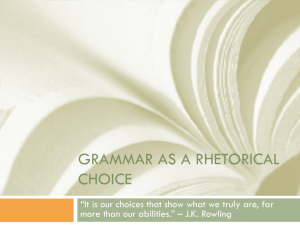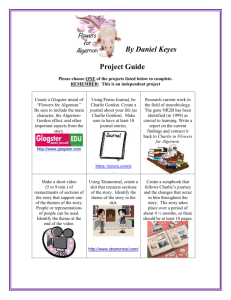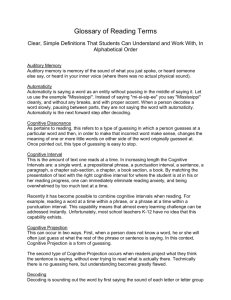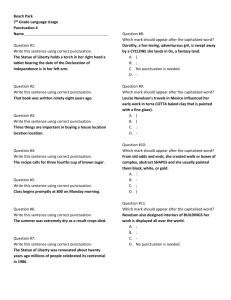Fullstops - Geoff Barton
advertisement
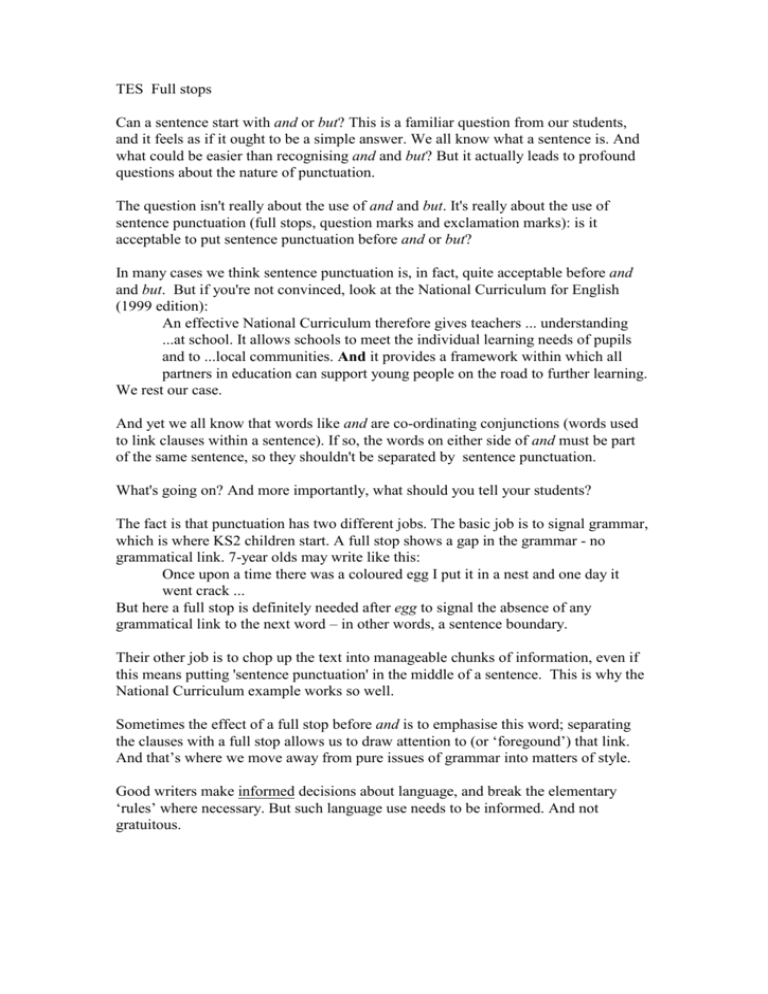
TES Full stops Can a sentence start with and or but? This is a familiar question from our students, and it feels as if it ought to be a simple answer. We all know what a sentence is. And what could be easier than recognising and and but? But it actually leads to profound questions about the nature of punctuation. The question isn't really about the use of and and but. It's really about the use of sentence punctuation (full stops, question marks and exclamation marks): is it acceptable to put sentence punctuation before and or but? In many cases we think sentence punctuation is, in fact, quite acceptable before and and but. But if you're not convinced, look at the National Curriculum for English (1999 edition): An effective National Curriculum therefore gives teachers ... understanding ...at school. It allows schools to meet the individual learning needs of pupils and to ...local communities. And it provides a framework within which all partners in education can support young people on the road to further learning. We rest our case. And yet we all know that words like and are co-ordinating conjunctions (words used to link clauses within a sentence). If so, the words on either side of and must be part of the same sentence, so they shouldn't be separated by sentence punctuation. What's going on? And more importantly, what should you tell your students? The fact is that punctuation has two different jobs. The basic job is to signal grammar, which is where KS2 children start. A full stop shows a gap in the grammar - no grammatical link. 7-year olds may write like this: Once upon a time there was a coloured egg I put it in a nest and one day it went crack ... But here a full stop is definitely needed after egg to signal the absence of any grammatical link to the next word – in other words, a sentence boundary. Their other job is to chop up the text into manageable chunks of information, even if this means putting 'sentence punctuation' in the middle of a sentence. This is why the National Curriculum example works so well. Sometimes the effect of a full stop before and is to emphasise this word; separating the clauses with a full stop allows us to draw attention to (or ‘foregound’) that link. And that’s where we move away from pure issues of grammar into matters of style. Good writers make informed decisions about language, and break the elementary ‘rules’ where necessary. But such language use needs to be informed. And not gratuitous.
